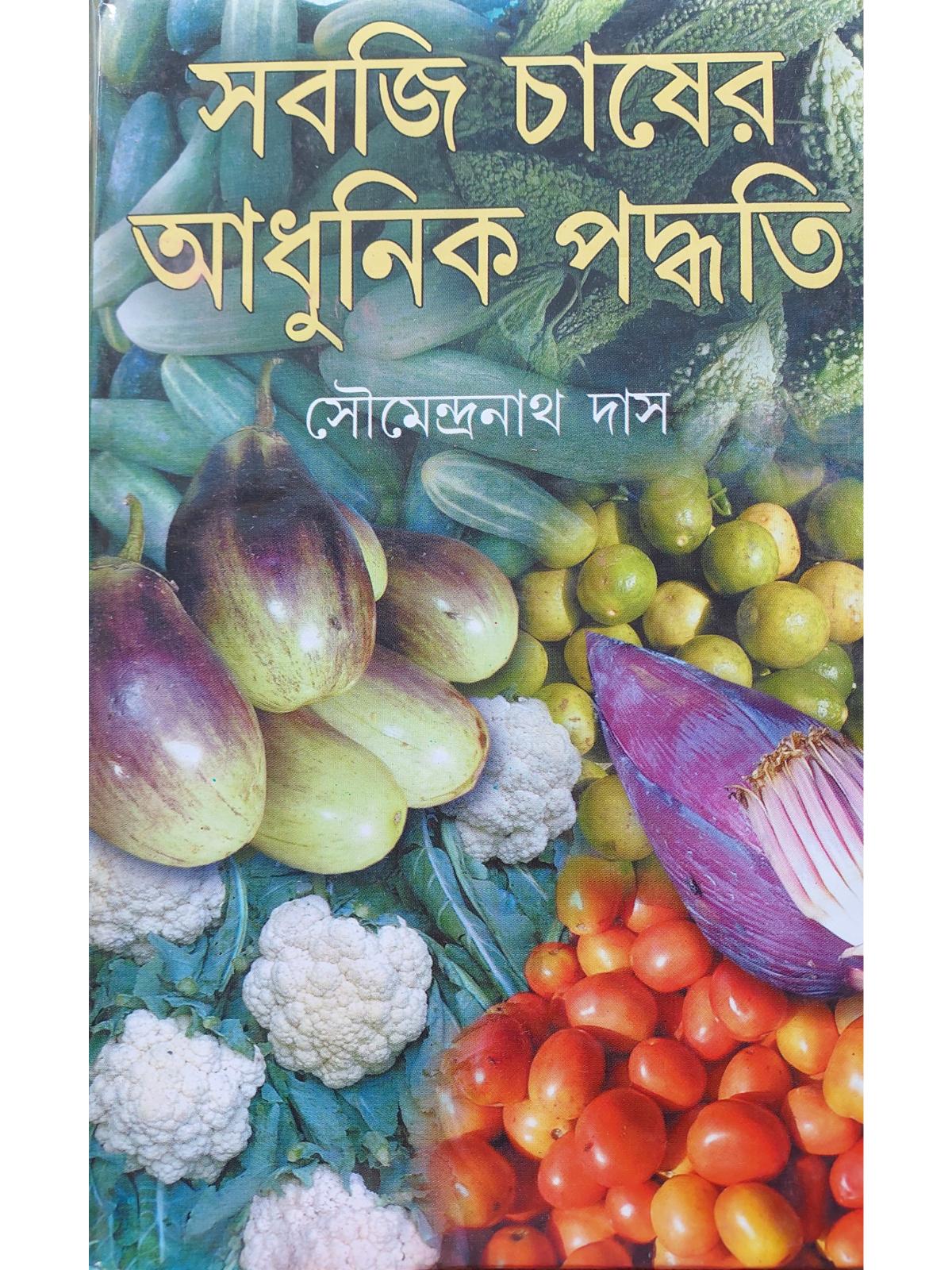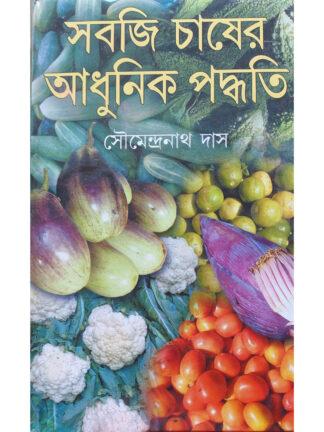Description
Buy Sabji Chaser Adhunik Paddhati Book written by Soumendranath Das and published by Kamini Prakashalay. Get a huge number of Book written by Soumendranath Das from our online book shop.
We have a tremendous collection of Books written by Soumendranath Das. Kamini Prakashalay is a popular name in publication world. Almost all books published by Kamini Prakashalay are available in our online store.
Sabji Chaser Adhunik Paddhati is one of the bestselling books. If you are searching Sabji Chaser Adhunik Paddhati then you are at right place. You can buy Sabji Chaser Adhunik Paddhati at an affordable price.
Modern Vegetable Farming Methods
Modern vegetable farming methods have evolved to optimize efficiency, productivity, and sustainability. Here are some key modern techniques used in vegetable farming:
- Hydroponics: Hydroponics is a soil-less farming technique where plants are grown in nutrient-rich water solutions. This method allows precise control over water, nutrients, and environmental factors, leading to faster growth, higher yields, and efficient resource use.
- Vertical farming: Vertical farming involves growing crops in vertically stacked layers or towers, often in indoor environments. By maximizing vertical space, this method increases production per square foot. LED lighting, hydroponics, and automated systems are often used to create optimal growing conditions.
- Aquaponics: Aquaponics combines fish farming (aquaculture) with hydroponics. In this system, fish waste provides nutrients for plants, while the plants filter and purify the water for the fish. It’s a symbiotic relationship that maximizes resource utilization and reduces waste.
- Precision farming: Precision farming utilizes technology such as sensors, drones, and GPS systems to monitor and manage crops. Data on soil moisture, nutrient levels, and plant health are collected, allowing farmers to make informed decisions about irrigation, fertilization, and pest control. This approach optimizes resource use, reduces costs, and minimizes environmental impact.
- Protected cultivation: Protected cultivation refers to growing vegetables in controlled environments like greenhouses or polytunnels. These structures protect crops from adverse weather conditions, pests, and diseases. They also allow for year-round production, extended growing seasons, and precise management of temperature, humidity, and light.
- Integrated pest management (IPM): IPM is a holistic approach to pest control that focuses on using a combination of methods, including biological controls, cultural practices, and targeted use of pesticides. By minimizing chemical inputs and promoting natural pest control, IPM reduces environmental impact while maintaining crop health.
- Organic farming: Organic farming emphasizes the use of natural fertilizers, compost, and biological pest control methods. It avoids synthetic pesticides and genetically modified organisms. Organic practices prioritize soil health, biodiversity, and ecological sustainability.
- High-tech greenhouse farming: Greenhouse farming combines advanced technologies such as climate control systems, automated irrigation, and fertigation (combining irrigation and fertilization). These technologies optimize growing conditions, resulting in higher yields, better quality produce, and reduced resource consumption.
- Conservation tillage: Conservation tillage involves minimizing or eliminating the plowing or tilling of soil to reduce erosion and soil degradation. This method helps retain moisture, preserve soil structure, and enhance nutrient availability.
- Agroforestry: Agroforestry involves integrating trees with vegetable crops, providing multiple benefits like shade, windbreaks, soil conservation, and enhanced biodiversity. The trees can also contribute to the overall farm ecosystem by fixing nitrogen, producing fruits or nuts, or serving as a carbon sink.
These modern vegetable farming methods demonstrate a shift towards sustainable, efficient, and technology-driven approaches, aiming to meet the growing demand for food while minimizing environmental impact.




















